
Was Öksüt Castle Once a Hittite Stronghold? Local Experts Reconsider the Origins of a Massive Rock-Cut Fortress in Central Anatolia
High on the southern slopes of Mount Erciyes, the vast rock-cut complex of Öksüt Castle dominates the landscape with a network of carved chambers, tunnels, cisterns, and multi-level passageways. Although long known to the local population, the fortress is once again drawing attention as scholars and heritage specialists revisit longstanding claims of a Hittite-era origin for this dramatic cliffside stronghold.
Hidden within the rugged terrain of Kayseri’s Develi district, Öksüt Castle spreads vertically through the mountainside in an architectural arrangement unlike most underground settlements of Cappadocia. Its interior reveals room-like chambers, carved water channels, animal shelters, and narrow connecting corridors, all meticulously hewn from volcanic rock. The complexity suggests a fortified settlement designed for endurance, security, and unseen movement between levels.
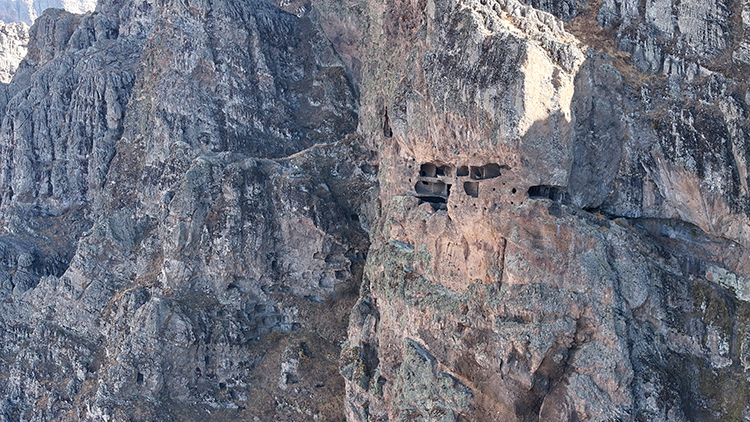
Despite its scale, no formal archaeological survey or excavation has ever been carried out at the site. Its earliest stages remain a matter of interpretation informed by local history, topographical reading, and scattered references in regional literature.
One of the strongest voices on the subject is Prof. Dr. Osman Özsoy, Kayseri representative of the ÇEKÜL Foundation. He notes that several long-circulating accounts connect the structure to the Late Bronze Age. According to him, local narratives have long hinted at a Hittite connection:
📣 Our WhatsApp channel is now LIVE! Stay up-to-date with the latest news and updates, just click here to follow us on WhatsApp and never miss a thing!!
“There are old claims suggesting that the site may date back to the Hittites or that Hittite reliefs once existed here. These stories have shaped the way people think about the castle’s origins.”
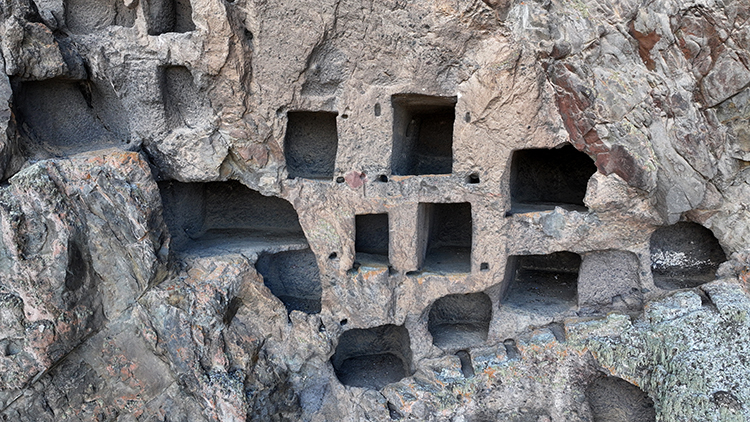
Although no such reliefs have yet been documented, the idea is not implausible. Across the broader Cappadocia region, subterranean complexes often preserve a minimum age of 2,000 years, and the architectural logic seen at Öksüt aligns with Anatolia’s long tradition of rock-cut fortified structures.
Prof. Özsoy further explains:
“If we consider the underground-city tradition that is common in Cappadocia, a timeline of at least two thousand years is already expected. When combined with the Hittite traditions associated with the site, this minimum dating becomes quite reasonable.”
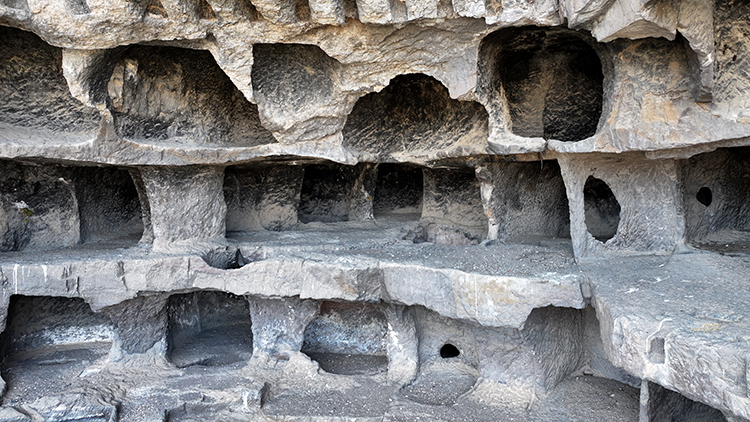
Another historical clue appears in the writings of İbni Bibi, a 13th-century Seljuk historian, who notes that the castle served as a prison or detention site during the Seljuk period. Such a use reinforces the idea that the inner network of carved corridors and self-contained spaces remained functional long after the site’s original construction.
What sets Öksüt Castle apart from other subterranean settlements is its vertical orientation. Instead of spreading horizontally like classic Cappadocian underground cities, Öksüt appears to descend through the mountain in multiple stacked levels—possibly as many as ten. This unusual configuration strengthens the interpretation of the site as a highly defensible and likely unconquered fortress, carved directly into the cliff face.

Today, with its commanding view of the Erciyes region and its largely untouched interior, Öksüt Castle stands as one of Central Anatolia’s most distinctive rock-cut fortifications. Yet its origins—whether Hittite, Roman, or early medieval—remain open questions, awaiting the systematic research that could finally clarify the deep history of this extraordinary cliffside complex.
Cover Photo: A dramatic view of Öksüt Castle’s cliffside façade, showing hundreds of rock-cut chambers carved vertically into the sheer face of Mount Erciyes in Central Anatolia. Credit: Müzahim Zahid Tüzün/AA
You may also like
- A 1700-year-old statue of Pan unearthed during the excavations at Polyeuktos in İstanbul
- The granary was found in the ancient city of Sebaste, founded by the first Roman emperor Augustus
- Donalar Kale Kapı Rock Tomb or Donalar Rock Tomb
- Theater emerges as works continue in ancient city of Perinthos
- Urartian King Argishti’s bronze shield revealed the name of an unknown country
- The religious center of Lycia, the ancient city of Letoon
- Who were the Luwians?
- A new study brings a fresh perspective on the Anatolian origin of the Indo-European languages
- Perhaps the oldest thermal treatment center in the world, which has been in continuous use for 2000 years -Basilica Therma Roman Bath or King’s Daughter-
- The largest synagogue of the ancient world, located in the ancient city of Sardis, is being restored



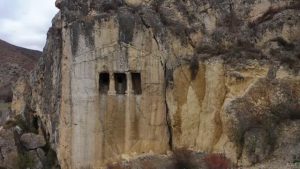

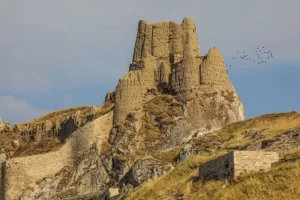
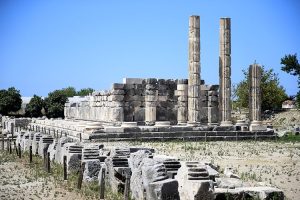



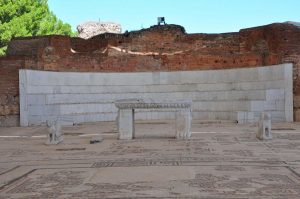
Leave a Reply